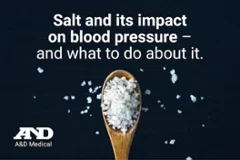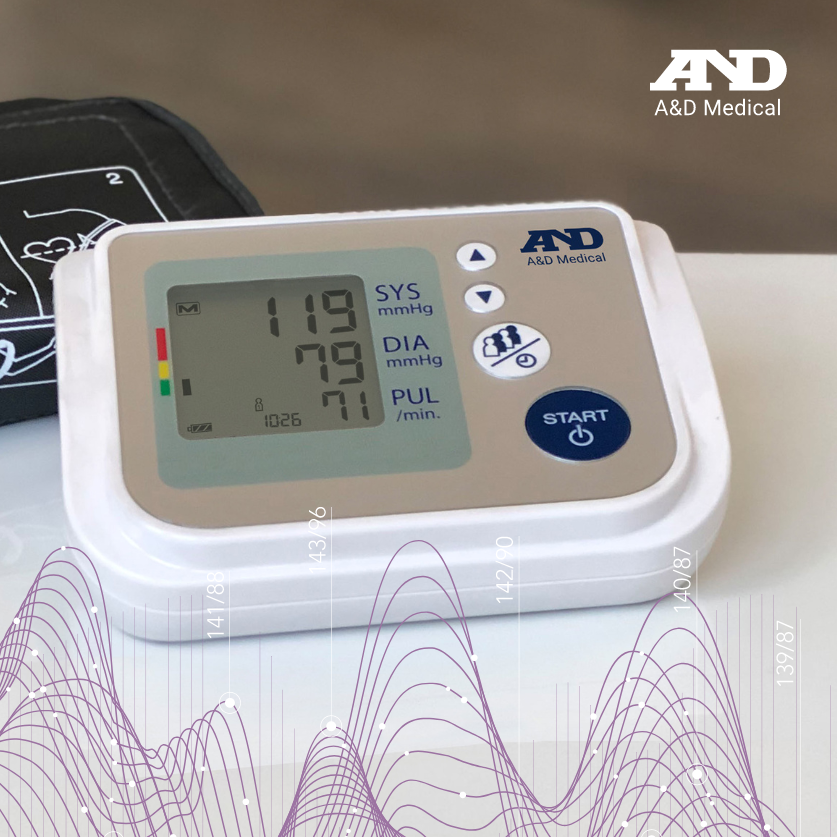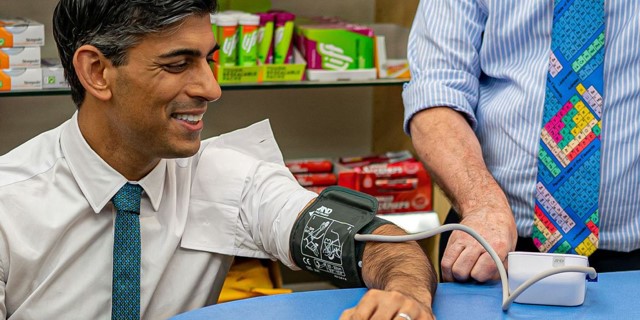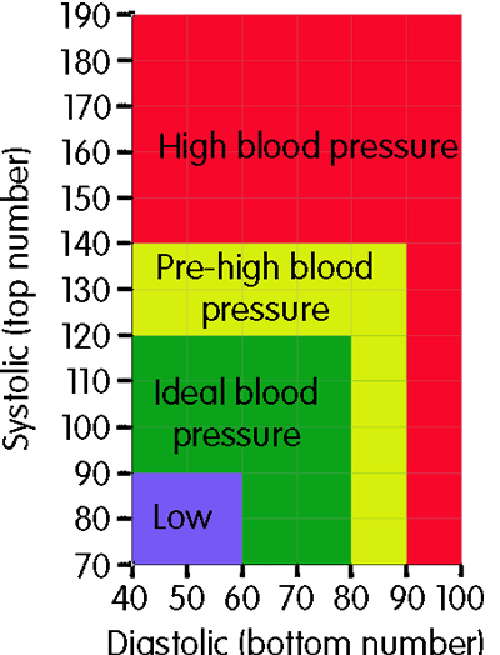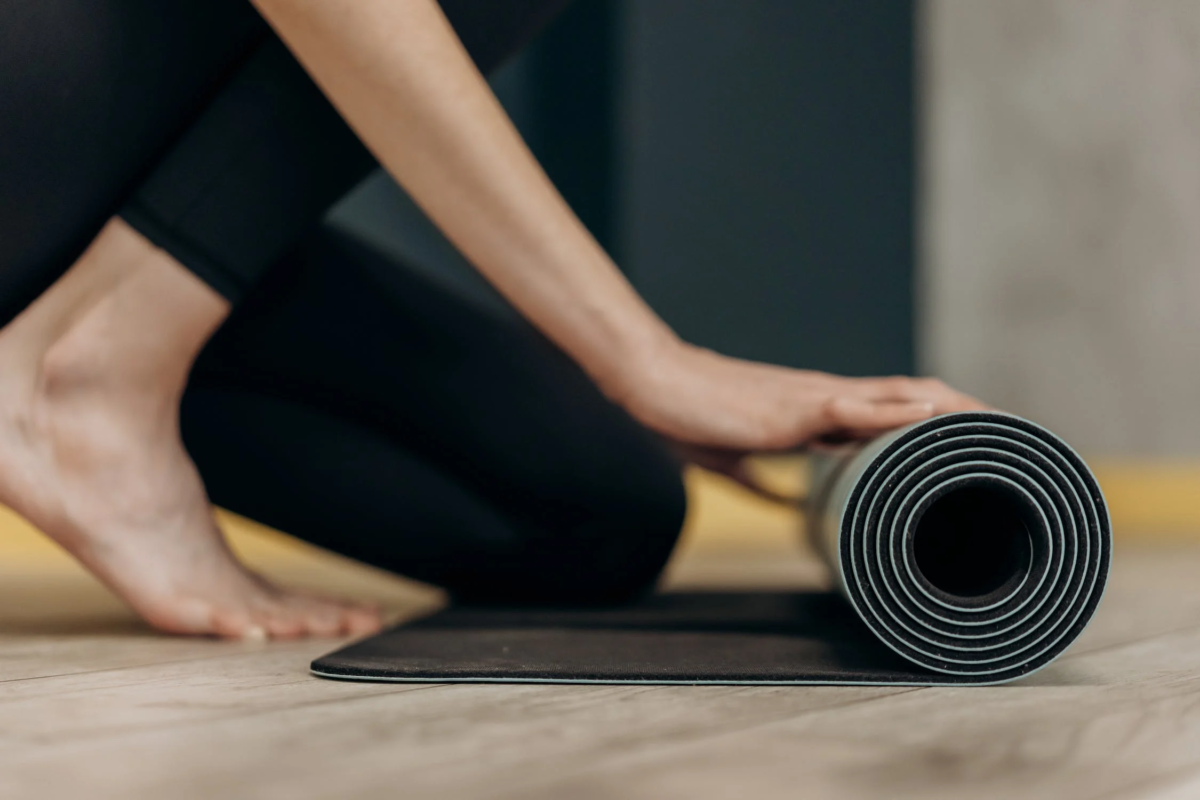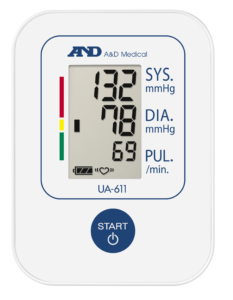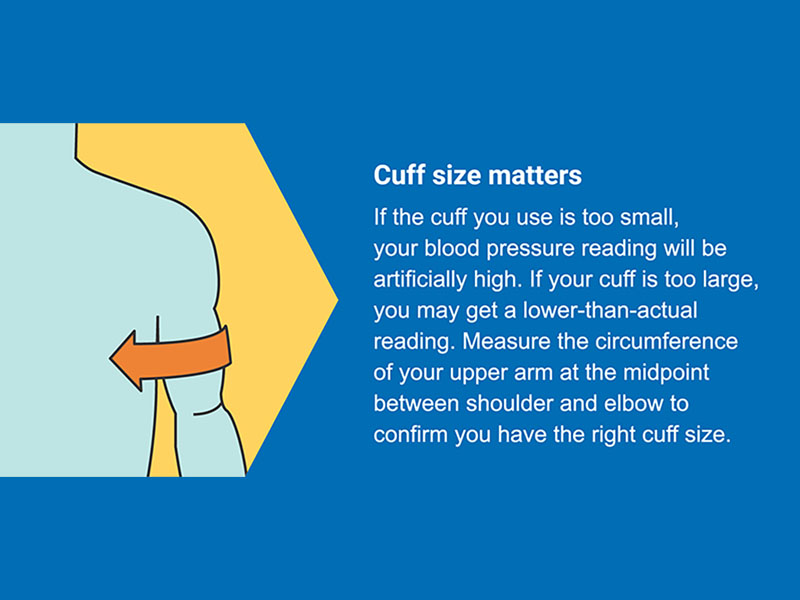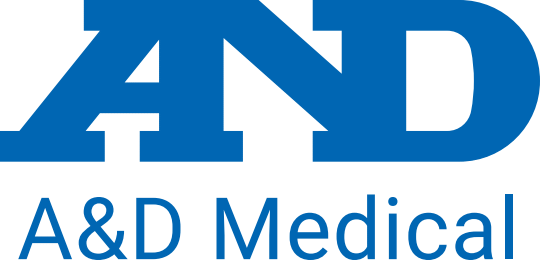Spring Into Fitness: Embracing the Season for Health and Wellness
As the cold grip of Winter loosens its hold and nature awakens with vibrant colours and renewed energy, there’s no better time to reinvigorate your fitness routine than Spring. With longer days, milder temperatures, and nature in full bloom, spring presents the perfect opportunity to embrace outdoor activities and revitalize your health and wellness journey.
Here are some tips to help you spring into fitness and make the most of this rejuvenating season:
Embrace Outdoor Workouts
Say goodbye to the confines of indoor gyms and take your workouts outside. Whether it’s jogging through the park, cycling along scenic trails, or practicing yoga in the fresh air, outdoor exercise allows you to connect with nature while staying active. Soak up the sunshine, breathe in the crisp air, and enjoy the beauty of Spring while breaking a sweat.
Mix Up Your Routine
Spring is all about renewal and growth, so why not apply that same principle to your fitness regimen? Shake things up by trying new activities or incorporating different exercises into your routine. From hiking and rock climbing to paddleboarding and outdoor boot camps, there are endless possibilities to keep your workouts exciting and challenging.
Fuel Your Body with Fresh Food
With Spring comes an abundance of fresh fruits and vegetables bursting with flavour and nutrients. Take advantage of seasonal produce like strawberries, asparagus, spinach, and peas to nourish your body with wholesome, seasonal fare. Incorporating a variety of colourful fruits and veggies into your diet not only supports your fitness goals but also boosts your overall health and well-being.
Stay Hydrated
As temperatures rise, it’s essential to stay hydrated, especially during outdoor activities. Keep a reusable water bottle handy and sip water regularly throughout the day to prevent dehydration and maintain optimal performance during workouts. For an extra refreshing boost, infuse your water with slices of lemon, cucumber, or mint.
Set Realistic Goals
Spring is a time of growth and transformation, but it’s essential to set realistic and achievable goals for your fitness journey. Whether you’re aiming to improve your endurance, build strength, or simply establish a consistent exercise routine, start small and gradually progress over time. Celebrate your accomplishments along the way and stay motivated by tracking your progress.
Prioritize Recovery
While staying active is important, so is giving your body time to rest and recover. Incorporate rest days into your weekly schedule to allow your muscles to repair and regenerate. Consider adding activities like stretching, foam rolling, or meditation to promote relaxation and reduce stress. Remember, recovery is an integral part of any fitness regimen and essential for long-term success.
Connect with Community
In conclusion, Spring offers the perfect opportunity to rejuvenate your fitness routine and embrace a healthier, more active lifestyle. By taking advantage of the season’s offerings, staying consistent with your workouts, and nurturing your body with nutritious foods, you can spring into fitness and achieve your health and wellness goals. So lace up your sneakers, step outside, and let the beauty of spring inspire you to become the best version of yourself.
For more fitness tips and inspiration, visit A&D Instruments UK | (andprecision.com)


